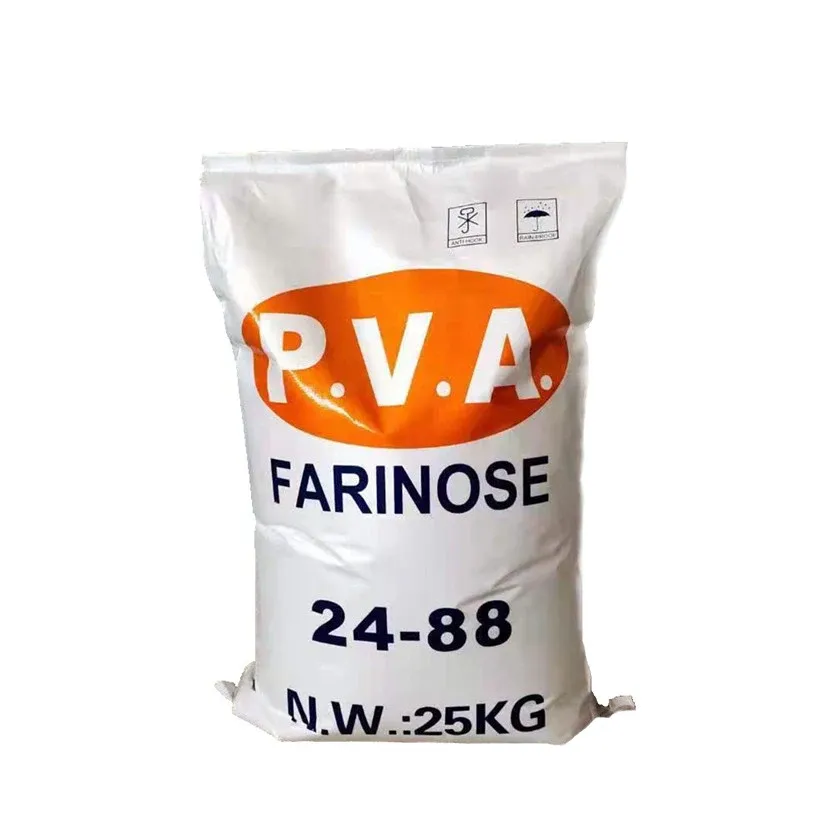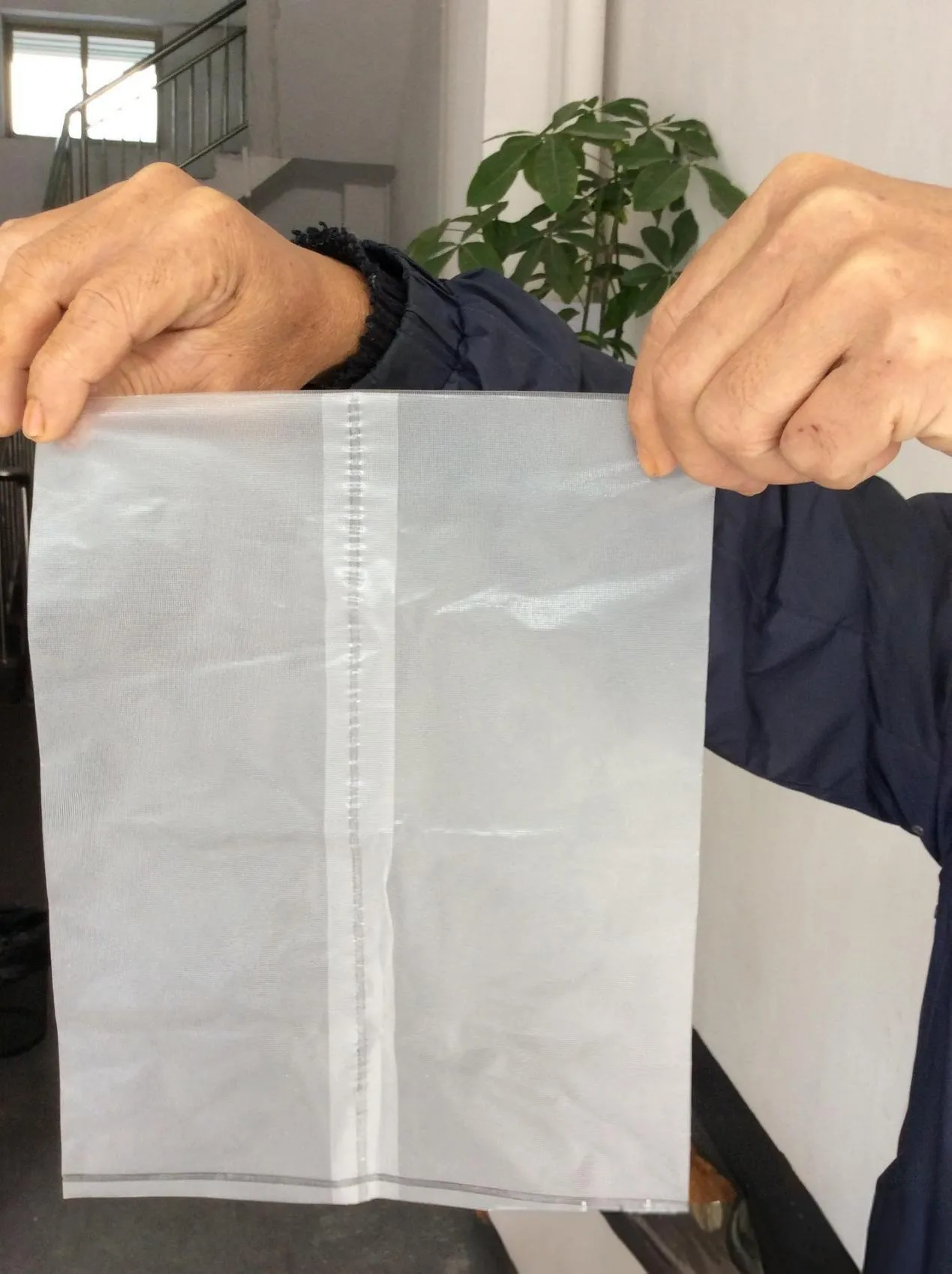
Polyvinyl Alcohol and Polypropylene Fiber Solutions for Construction and Industry
The construction and manufacturing industries increasingly rely on advanced materials like polivinil alkol (PVA) and polypropylene fiber for enhanced performance, durability, and sustainability. With growing global demand, sourcing polyvinyl alcohol for sale Ve beton için polipropilen lifler has become a priority for contractors, engineers, and manufacturers.

Polivinil alkol tozu, commonly abbreviated as PVA, is a synthetic polymer with versatile applications ranging from PVA plastic Ve PVOH plastic ile PVA plastic bags, textiles, paper coatings, and construction bonding agents. Similarly, polypropylene fiber—also known as PP fiber—is a reinforcement material that significantly improves the mechanical properties of cement-based products.
From adding PVA to cement for improved adhesion to using PP fiber concrete for crack resistance, these materials are reshaping construction practices.
1. Polyvinyl Alcohol (PVA): Properties, Applications, and Variants
Polivinil alkol is water-soluble, non-toxic, and biodegradable, making it suitable for industrial and consumer products. Available in various grades such as genel amaçlı PVA and specialty formulations like BP26 PVA, it offers unique properties for different applications.
Key Industrial and Construction Uses:
Bonding Agent: Adding PVA to mortar veya PVA and cement mixtures increases adhesion and workability.
Surface Preparation: PVA before plastering, PVA before render, and PVA before painting help seal and stabilize porous surfaces.
Aftercare: PVA after plastering can reduce dusting and improve durability.
Exterior Protection: Exterior PVA for rendering Ve exterior waterproof PVA provide weather resistance.
Boards and Panels: PVA board is used in decorative and functional building applications.
Automation: PVA automation in manufacturing ensures consistent product quality and dosing.
PVA Plastics:
In the plastics sector, PVA plastic Ve PVOH plastic are used for water-soluble packaging, films, and PVA plastic bags, which are environmentally friendly and dissolve in water.
Whether for construction or packaging, polyvinyl alcohol for sale is available in powder and granular form, with polyviny alcohol (a common misspelling) often used in product searches.

2. Polypropylene Fiber: Enhancing Concrete and Mortar Performance
Polypropylene fiber (PP fiber) is a synthetic fiber widely used in the construction industry to reinforce cementitious materials. When beton için polipropilen lifler are added, they help control shrinkage cracking, increase impact resistance, and improve surface durability.
Benefits of PP Fiber Concrete:
Crack Control: Reduces plastic shrinkage and settlement cracks.
Durability: Increases abrasion and impact resistance.
Water Resistance: Minimizes water penetration by reducing microcracks.
Workability: Disperses easily in mixes without clumping.
PP fiber concrete is especially beneficial in industrial floors, pavements, precast products, and repair mortars. It complements the effects of adding PVA to cement for improved bonding.
Using PVA and PP Fiber Together:
A combination of PVA before render Ve PP fiber concrete delivers both enhanced adhesion and structural reinforcement. This approach is common in modern rendering systems, precast panel production, and high-durability flooring.
3. Best Practices for Using PVA in Construction
To maximize the performance of PVA in building projects:
Surface Sealing: Apply PVA before plastering or painting to reduce surface porosity and improve adhesion.
Rendering: Use exterior waterproof PVA for weatherproof rendering, especially in high-moisture environments.
Bonding Slurry: Mix PVA and cement as a slurry to bond old concrete to new applications.
Mortar Modification: Adding PVA to mortar increases flexibility and reduces cracking.
Aftercare: Apply PVA after plastering to improve hardness and reduce dusting on interior walls.
Automation in large-scale projects can benefit from PVA automation, ensuring consistent ratios and application quality.
Conclusion: Advanced Material Solutions for Modern Construction
Both polivinil alkol Ve polypropylene fiber play crucial roles in today’s construction and manufacturing sectors. Polyvinyl alcohol for sale in various forms—polivinil alkol tozu, genel amaçlı PVA, and specialty grades like BP26 PVA—offers unmatched versatility for bonding, sealing, and surface preparation. Meanwhile, beton için polipropilen lifler provide a cost-effective solution to enhance strength and durability.
When applied correctly, PVA before render, PVA before plastering, and PVA after plastering can significantly improve adhesion and surface finish. Likewise, PP fiber concrete minimizes cracking and improves the long-term performance of cementitious materials.
By integrating PVA Ve PP fiber solutions, builders can achieve stronger, more resilient, and more sustainable structures—setting new standards for construction quality and efficiency.
FAQ Section
FAQ 1: What is polyvinyl alcohol powder and how is it used in construction?
Answer: Polivinil alkol tozu is a water-soluble polymer used as a bonding agent, primer, and surface sealer. It is applied before plastering, rendering, or painting to improve adhesion and reduce surface porosity.
FAQ 2: How does adding PVA to cement improve performance?
Answer: Adding PVA to cement increases bonding strength, flexibility, and resistance to cracking. It also improves the workability of the mix, making it easier to apply.
FAQ 3: What are the benefits of polypropylene fibers for concrete?
Answer: Polypropylene fibers for concrete reduce shrinkage cracking, improve impact and abrasion resistance, and enhance long-term durability without affecting workability.
FAQ 4: When should PVA be applied before painting or plastering?
Answer: Apply PVA before painting veya PVA before plastering when the surface is porous or dusty. This creates a sealed, stable base that improves adhesion and finish quality.
FAQ 5: What is BP26 PVA and where is it used?
Answer: BP26 PVA is a specific grade of polyvinyl alcohol with optimized bonding and film-forming properties, often used in construction bonding agents, renders, and special industrial applications.
-
Wholesale Water Reducing Admixture for Special Cement: Performance, Benefits, and ApplicationsNewsAug.22,2025
-
Understanding Redispersible Polymer Powder: Types, Applications, and BenefitsNewsAug.22,2025
-
Understanding Gypsum Retarders: Applications, Benefits, and Industry UsesNewsAug.22,2025
-
Understanding Antifoaming Agents: Types, Uses, and ApplicationsNewsAug.22,2025
-
Hydroxypropyl and Hydroxyethyl Starches: Properties, Applications, and Industry UsesNewsAug.22,2025





















